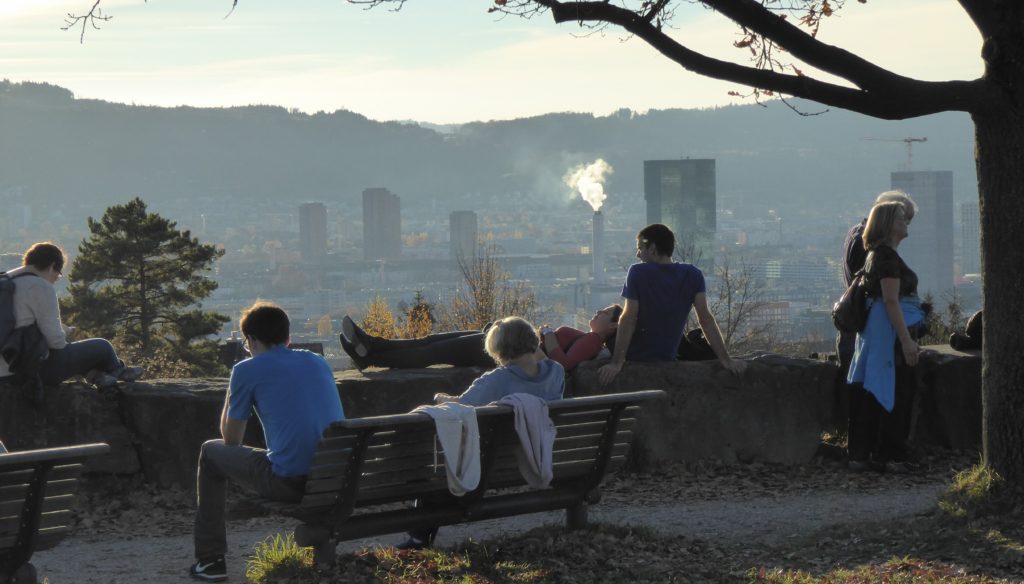Daylight and green cities

In future cities, daylight will be the main energy supply for both natural and artificial energy production (e.g. photosynthesis and solar panels). Daylight is a source of information that determines the rhythm of plant, animal and human life inside and outside buildings. Providing useful daylight is, therefore, an essential function of building facades as well as of urban nature, restricted by the surrounding urban morphology, with a strong seasonal component. At the same time, daylight is the basis for the aesthetic experience of both architectural (buildings and infrastructures) and landscape architectural designs (parks, gardens, public spaces, and greeneries) in a city. This project builds on the unique interdisciplinary nature of the Daylight Academy to establish a framework that enables the design of urban areas to maximize the benefits of daylight, as well as the design of green solutions for buildings based on daylight.
Lead
Dr. Bruno Bueno, Fraunhofer Institute for Solar Energy Systems, Freiburg, Germany
Prof. Christoph Kueffer, Eastern Switzerland University of Applied Sciences, Rapperswil, Switzerland
Dr. Carlo Volf, University of Copenhagen, Rigshospitalet, Copenhagen, Denmark
Past activities
Bauliche Verdichtung – Leiden Lebensqualität und Gesundheit? | Public event
12 March 2019, Architekturforum Zürich
See program
Meeting in Rapperswil, Switzerland | Workshop
12-15 March 2019
Meeting in Aarhus, Denmark | Workshop
12-14 September 2018
Publications
Bueno, B., Kueffer, C., Volf, C., et al. (2024) Why daylight should be a priority for urban planning, Reprint
Bueno, B., Kueffer, C., Volf, C., et al. (2024) Why daylight should be a priority for urban planning, Journal of Urban Management, 13, 2, 175-182. https://doi.org/10.1016/j.jum.2024.02.002